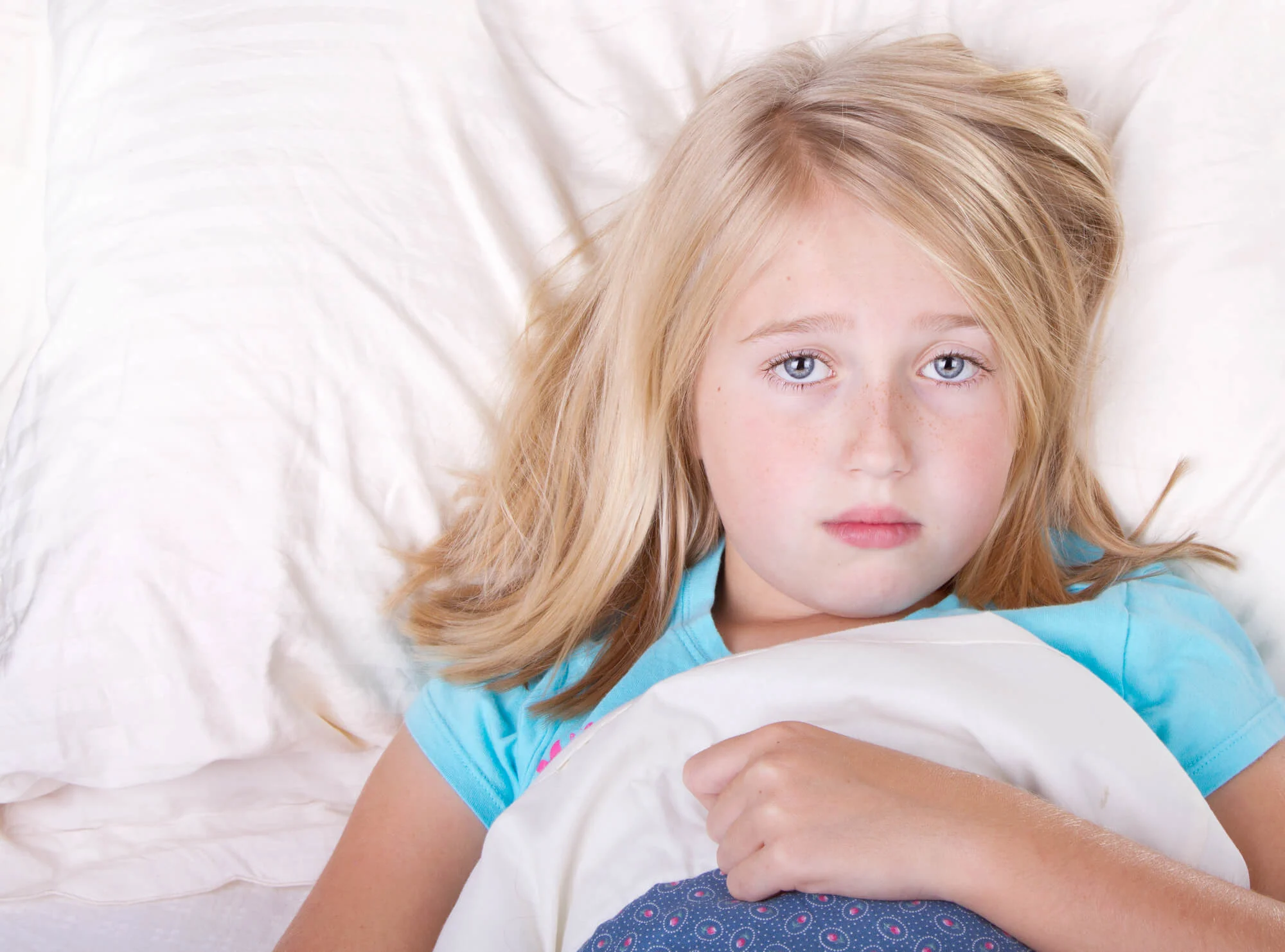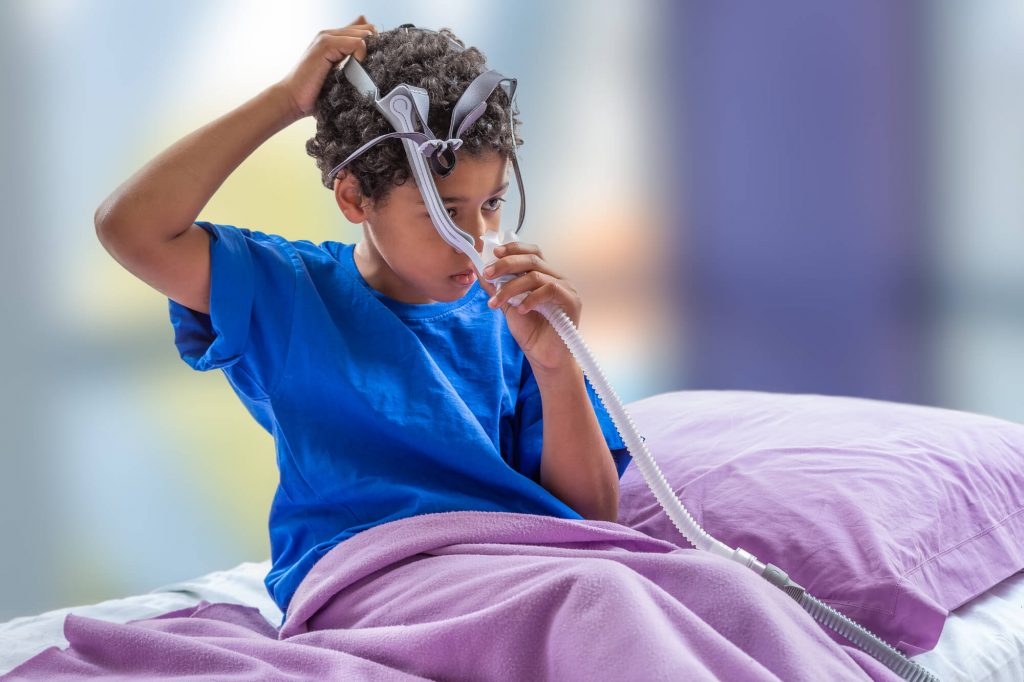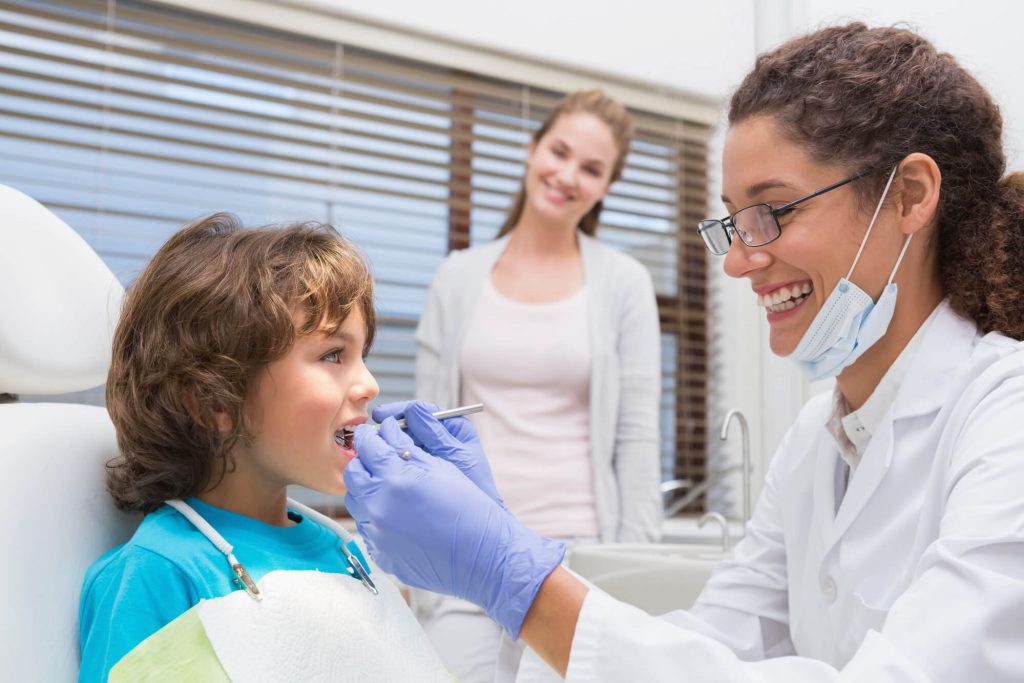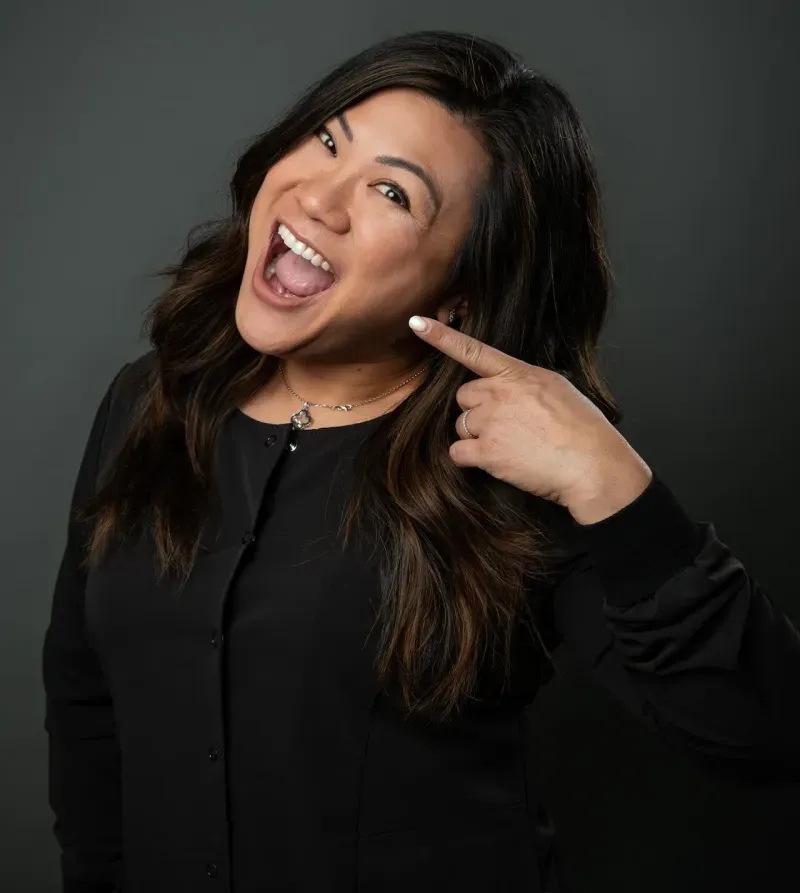Perhaps you have an older child who wets their bed while they’re asleep during the night. Although several factors ranging from emotional issues to toilet habits in the daytime can contribute to enuresis or bed wetting, up to 80% of kids with this problem have concurrent sleep apnea. Believe it or not, a Las Vegas dentist can help treat children who wet the bed beyond the age of five years.
Facts About Sleep Apnea and Bed Wetting
What Is Obstructive Sleep Apnea?
Obstructive sleep apnea (OSA) refers to a sleeping disorder that occurs when the muscles in the back of the throat relax and block the airway.
Is There Scientific Evidence of the Link Between Sleep Apnea and Bed Wetting?
People who have untreated sleep apnea have difficulty breathing while sleeping at night. Those affected by it tend to snore loudly and experience daytime tiredness even after getting a full night’s sleep. However, children with untreated sleep apnea may also wet their beds.
About 39 million U.S. adults have obstructive sleep apnea, a disorder where breathing stops repeatedly during sleep. Research shows 7% of people with sleep apnea experience bedwetting, and 84% deal with frequent nighttime urination. This happens because sleep apnea disrupts hormone regulation that controls urine production. When oxygen decreases during apnea episodes, the body releases atrial natriuretic peptide (ANP), which increases urine production and can result in bedwetting.
Scientific evidence proves that children aged four or older who struggle with sleep apnea are at high risk for bet wetting or nocturnal enuresis. The participants of this study consisted of 90 boys and 70 girls. Results show that 41% of these children frequently wet their beds during sleep.
How Does Sleep Apnea Lead to Bed Wetting?
When your child’s breathing repeatedly stops during sleep, their brain is compelled to work harder to draw in oxygen. It also slacks off on controlling other bodily functions, including urinary hormone secretion, arousal response, and bladder pressure.
Aside from the fact that obstructed breathing affects the bladder’s ability to hold urine, the stress associated with this situation triggers the release of sodium ions and hormones that increase urine production.
Simply put, your child becomes overtired because sleep apnea doesn’t allow them to sleep well. Their exhaustion prevents them from waking up when they have to urinate. You may even have a hard time waking your child up yourself.
What Does the Dentist Use to Treat Sleep Apnea?
When it comes to treating obstructive sleep apnea, the ultimate goal is to improve airflow by keeping the airways open. A dental professional can start a sleep study to determine if airway obstruction is the culprit behind the symptoms. Upon confirmation of a positive diagnosis, the dentist uses a state-of-the-art digital imaging system to scan the patient’s mouth.
As soon as the scan is complete, they’ll have the information they need to create a personalized treatment plan that involves using a custom-designed oral appliance. This device can effectively open the airways of patients who suffer from mild, moderate, and severe obstructive sleep apnea.
What Do They Have to Consider Before Providing Sleep Apnea Treatment?
Before administering treatment, the dentist thoroughly examines and evaluates your child’s teeth, gums, and jaw to make sure that they can wear a dental appliance without problems in the future.
Additionally, they’ll have to review your child’s medical history, analyze the complexity of the problem, the structure of the airways, and other medical issues. You’ll have to work closely with the dentist and inform them of your child’s personal preferences as they create a treatment plan for your child.
Once you and the dentist come up with a decision, they’ll fit the oral appliance into your child’s mouth.
How Can a Dental Appliance Keep the Airway Open?
Dental professionals use types of oral appliances to optimize breathing during sleep: tongue-retaining mouthpieces and mandibular advancement devices (MADs).
Tongue-retaining mouthpieces are fit around the tongue to hold it in place and prevent it from blocking the airway. Alternatively, MADs are fitted in the mouth to put the jaw in its best position to allow maximum airflow.
What Is the Most Ideal Oral Appliance for a Child?
Since a tongue-restraining mouthpiece pulls the tongue forward, it can be less comfortable for children. Even adults take several weeks or months before they can wear these devices comfortably.
MADs are ideal for permanently enlarging pediatric obstructive sleep apnea patients’ airway space before the end of their growth peak. These devices improve the airway’s strength and rigidity as they increase the activity of the collapsible airway muscles.
Furthermore, children tend to be more comfortable with MADs because they merely move the lower jaw forward to hold the airway open.
Book an Appointment with the Best Las Vegas Dentist Today!
The gentle and supportive team of dental experts at Dee for Dentist is here to help your child develop healthily by preparing them for proper oral development as they mature.
We use a non-invasive, non-pharmaceutical, pain-free approach to open your child’s airway and straighten teeth without using traditional orthodontic methods. Our system consists of a series of appliances that address symptoms of sleep disordered breathing that lead to bed wetting.
Get in touch with our office today to schedule your child’s first appointment!



